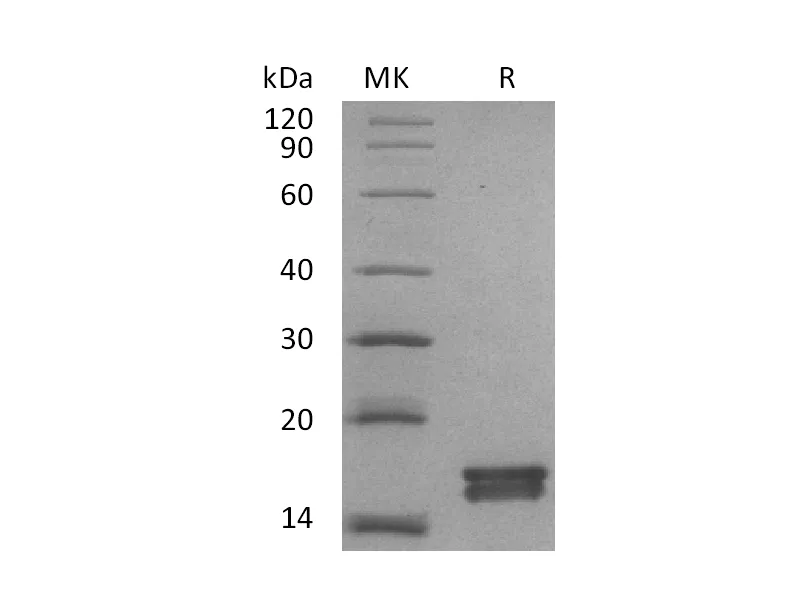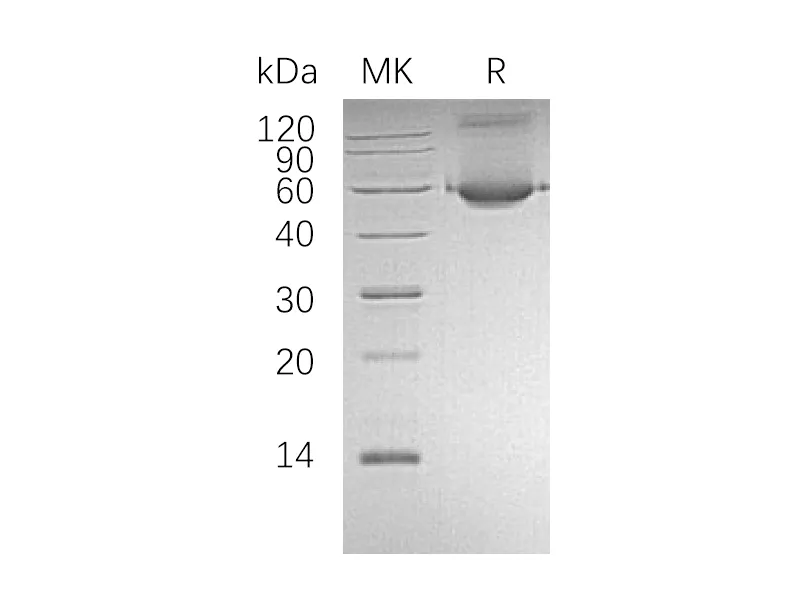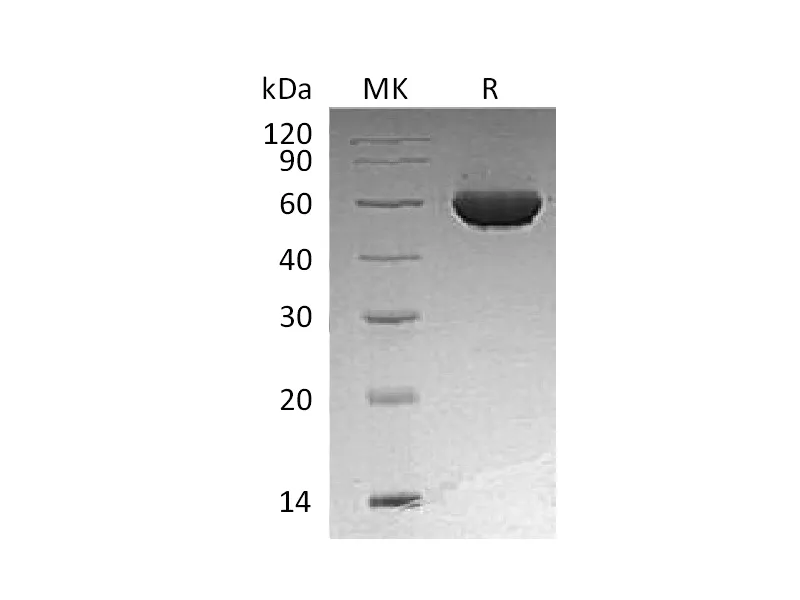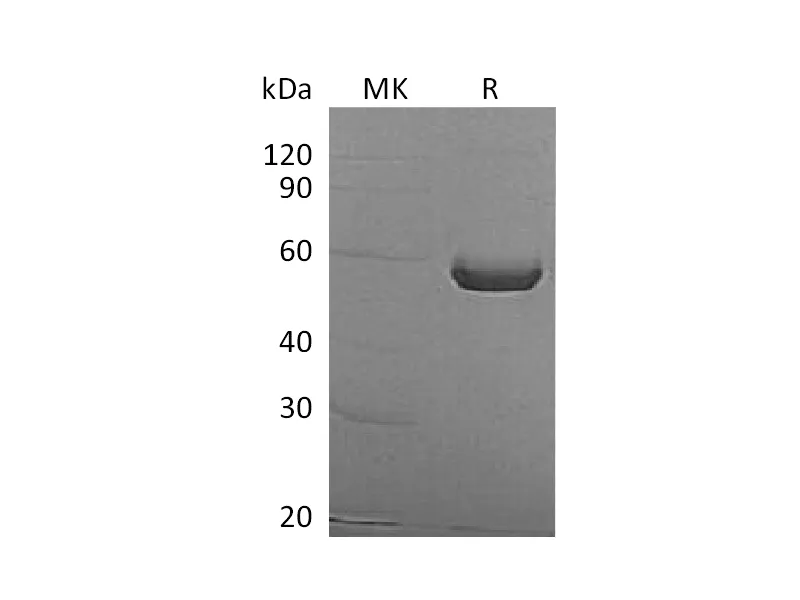Alternative Names
Small Ubiquitin-Related Modifier 1; SUMO-1; GAP-Modifying Protein 1; GMP1; SMT3 Homolog 3; Sentrin; Ubiquitin-Homology Domain Protein PIC1; Ubiquitin-Like Protein SMT3C; Smt3C; Ubiquitin-Like Protein UBL1; SUMO1; SMT3C; SMT3H3; UBL1
Background
Small Ubiquitin-Related Modifier 1 (SUMO1) is an Ubiquitin-like protein that belongs to the ubiquitin family with SUMO subfamily. It is a family of small, related proteins that can be enzymatically attached to a target protein by a post-translational modification process termed sumoylation. SUMO1 functions in a manner similar to ubiquitin in that it is bound to target proteins as part of a post-translational modification system. This post-translational modification on lysine residues of proteins plays a crucial role in a number of cellular processes such as nuclear transport, DNA replication and repair, mitosis and signal transduction. SUMO1 is involved in a variety of cellular processes, such as nuclear transport, transcriptional regulation, apoptosis, and protein stability. SUMO1 is not active until the last four amino acids of the carboxy-terminus are cleaved off. Polymeric SUMO1 chains are also susceptible to polyubiquitination which functions as a signal for proteasomal degradation of modified proteins and may also regulate a network of genes involved in palate development.
Note
For Research Use Only , Not for Diagnostic Use.




